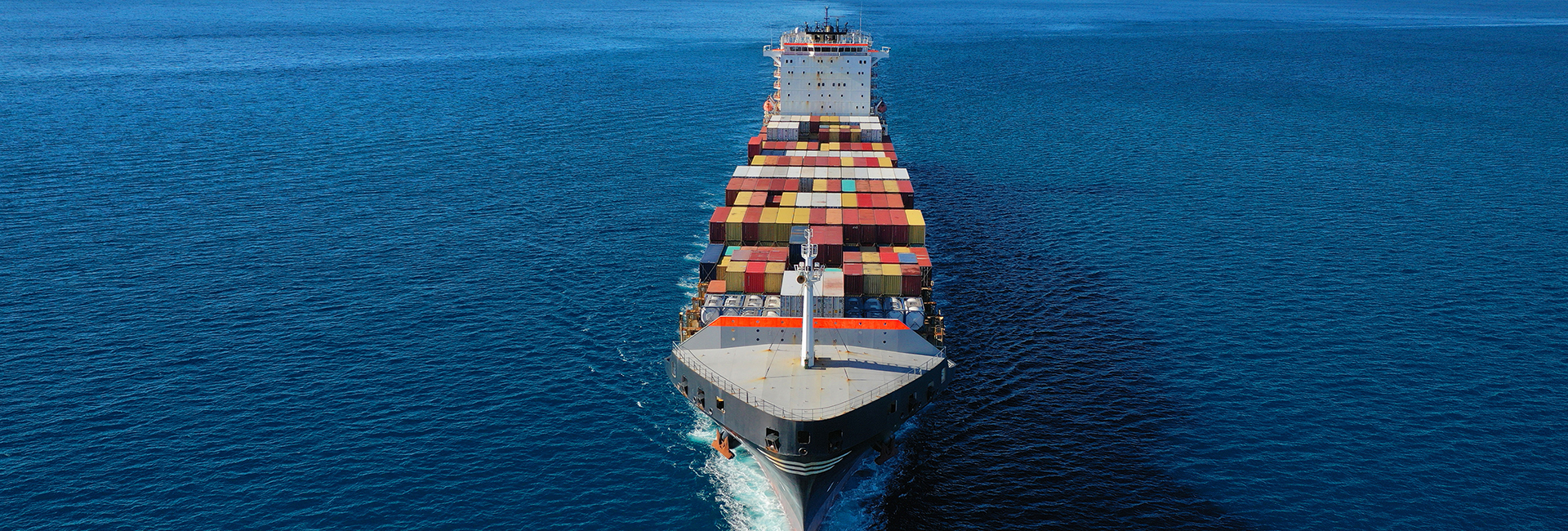Drug Trafficking on Ships and Ports occurs worldwide, and this has been an attractive industry for those in the business. Commercial ships are being used increasingly to smuggle narcotics around the globe. Packages can be concealed within a cargo inside of a container, or within a bulk cargo such as sugar or coal. Even the structure of the container itself has been used to hide drugs, using the wall spaces or under the floor. Traffickers can also place objects on the ship’s hull below the waterline, by welding a suitable receptacle that divers can access at the arrival destination or watertight bags can be placed in the rudder or propeller trunking. Empty spaces within a ship can also be utilised as hiding places. Drug gangs often coerce or bribe crew members into placing packages onboard vessels or use corrupt port or shipping company employees to facilitate access to the ship or cargo. Once a container is sealed the crew have no opportunity to inspect the shipment, so commercial carriers are not always aware that they are participating in the trafficking of drugs. Various fines and reputational loss can be incurred if narcotics are found onboard, therefore, it is essential that ship operators are aware of, and mitigate the risk of their vessel
becoming unwillingly complicit in the trafficking of drugs. Our latest Intelligence Report on Drug Trafficking on Ships highlights the consequences if drugs are found on a ship, what can ships do to mitigate the risk and the major maritime routes used by drug traffickers. Download the free report now.

